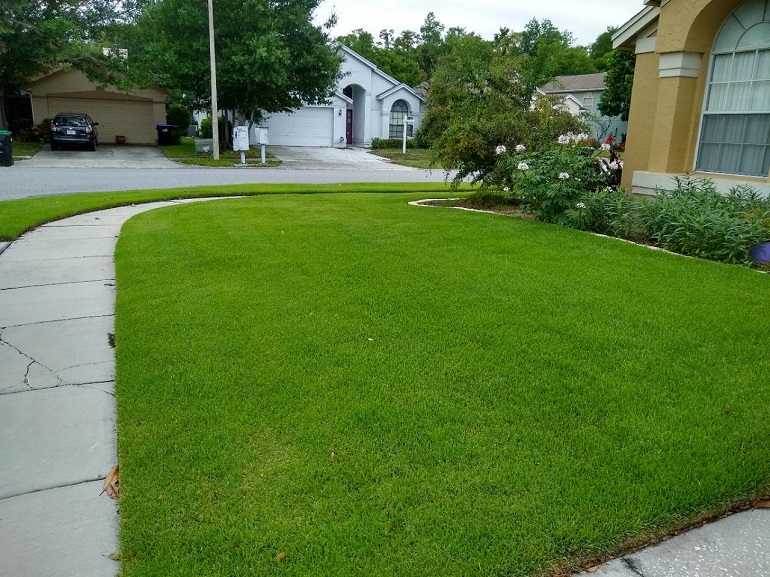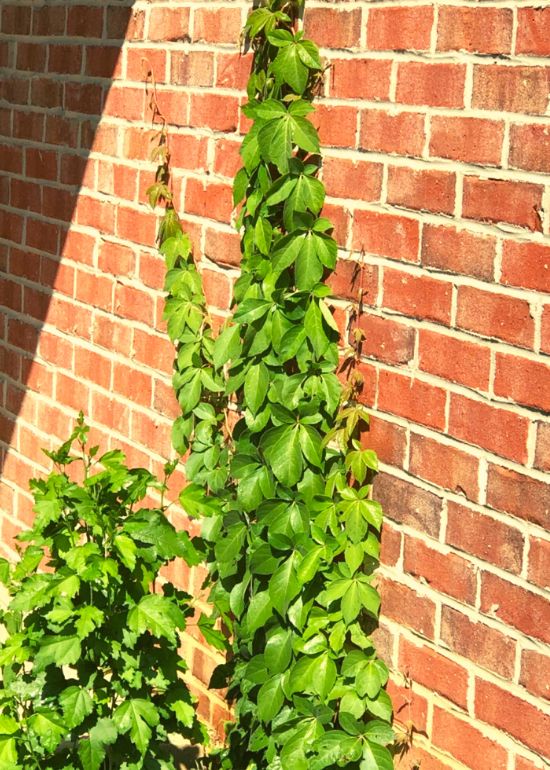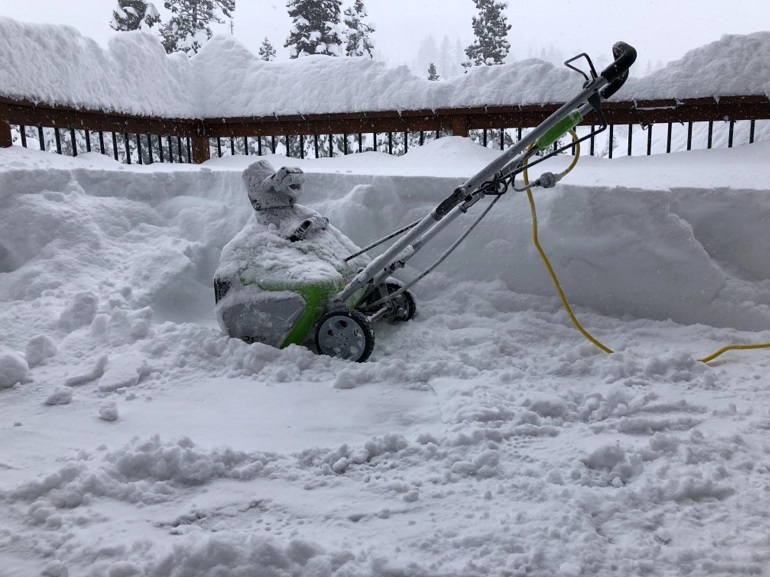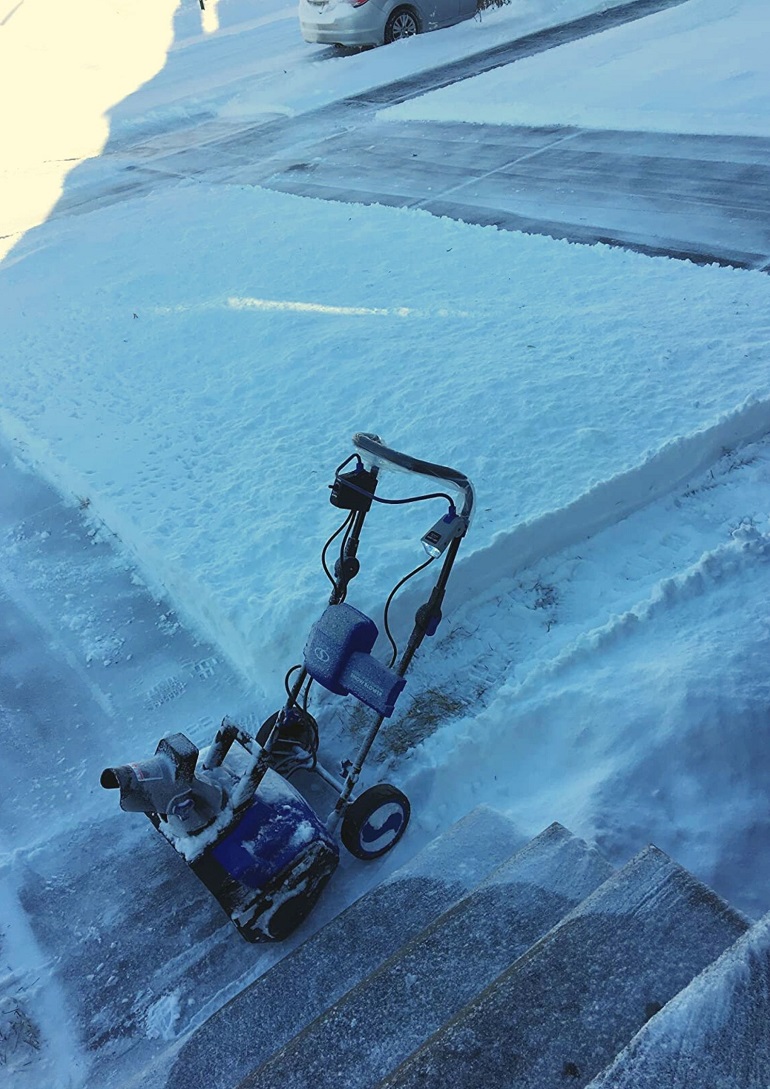

Agribotix.com is a website dedicated to providing information and resources for farmers. We have a team of experts who are passionate about agriculture and are constantly updating our content to provide the latest news, tips, and advice.
Our goal is to help farmers succeed in their businesses and we are always happy to answer any questions that they may have.


“In a world full of people who couldn’t care less, be someone who couldn’t care more!”
We are Agriculture Experts, and our mission is to provide the most comprehensive and up-to-date information on all things related to farming and agriculture.
We aim to be the go-to source for farmers and agriculture professionals alike, and we take pride in our commitment to accuracy and excellence.
We believe that farming and agriculture are essential parts of the global food system, and we are committed to promoting sustainable practices that protect our natural resources. We also believe in the power of education to empower farmers and consumers alike, and we strive to provide accurate information about the complex issues facing the agricultural industry today.
Making It Easy For You